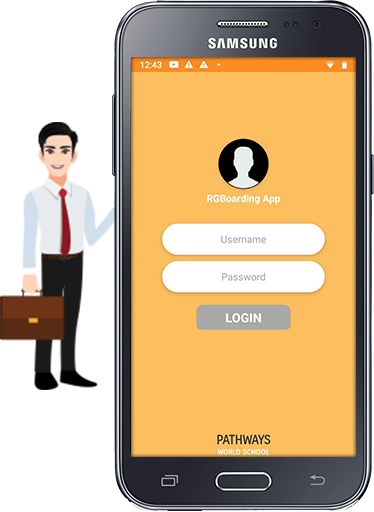
Top campus Security Challenges of Higher Education
1. Coping with the Culture of Sharing
2. Hostile Dorm Environment
3. Broad Compliance Demands
Higher-education institutions operate under a unique combination of security and compliance requirements. The independence of their user communities and breadth of their endeavours often makes security implementation a tall order. Educational institutions must act proactively to secure their environments.
The moment something goes wrong is too late for putting security in place and waiting until then can cause irreparable damage and significant unexpected costs. In particular, organizations should work with tools that allow for a greater degree of customization to find the information that an administrator needs.
From providing unobtrusive attendance solutions which work on authentic facial recognition, to leveraging gate attendance into the classroom rollcall and finally helping to sanitize the campus IT network from the effects of internet malware. COCO provides several value adds here.
The common inspiration that connected our two founders was their passion for DISRUPTIVE INNOVATION. Both had, in their respective spheres of earlier work, endeavoured to provide new solutions to address age-old problems.
The “Assistance Control” project was inspired by the basic idea of the “Bologna Process”, a Pan-European collaboration which started in 1999, to adapt technology to provide a better quality of education that would allow improvement of the next generation of classroom teaching.
The best project finally chosen and tested involved students registered for classes with NFC phones, during the academic year 2011–2012 at “Universidad Pontificia de Salamanca, Campus Madrid” (UPSAM).
This resulted in the senior students at the School of Computer Engineering to certify 99.5% accuracy and ease of attendance that ensured continuous assessment without loss of instructional time allocated to this activity.
Source : Science Direct Volume 40 Issue 11, 1st September 2013, Pages 4478-4489